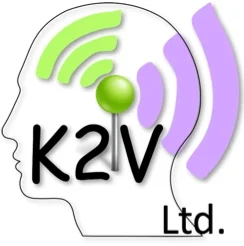Opportunity Matching
Knowledge not data
Having kracqed segments by harvesting the collaborative knowledge along pre-defined metrics (KRACQS™), you now have 25-40 attributes to begin matching basin, plays or opportunities up by making peer comparisons. It is worth reminding ourselves at this point that you have harvested knowledge - not data. Knowledge is coloured by perceptions, which are prone to cognitive bias and unless you have managed to collapse bias (by collaboration or stacking), all you will be comparing is dogma. The reason we do this is simple: it is people who make decisions not data and people's choices are influenced by their selective perceptions.
Database interrogation or filtering
Now you can interrogate the KRACQS™ database and ask questions like "show me all basins in passive margin settings charged by syn-rift lacustrine source rocks with high resource density but low exploration maturity where the government take is <60%, the time to production is <15 years, where my organisation has no position but there is deal space available". The specifics of the metrics should match the business questions being demanded of it by the decision makers, who must have an intimate role in shaping the way that knowledge is mapped. The trick here is to make sure the questions are broad enough not to exclude the unknown whilst satisfying the specific needs of the business, without enforcing dogma.
Basin finger-printing
Having established a peer group with the opportunity you are considering maturing, you can now look at the gaps based on the same kracqed value metrics used to establish the peer group. Each kracqed basin, play, venture or opportunity (segment) is expressed visually as a rosette. We call this "basin finger-printing", which is a very powerful tool for identifying for rapidly screening differences and similarities between segments. Overlay two matched opportunities creating a radar plot immediately identifies differences or gaps.
Preserving uniqueness
Note from the above that no two segments are the same, despite peer similarities, which means that for this customised sample, the granularity of metrics preserves basin uniqueness even though the value drivers have been generalised, in this example, by 26 metrics.
NEXT: click here for the next module
OR


